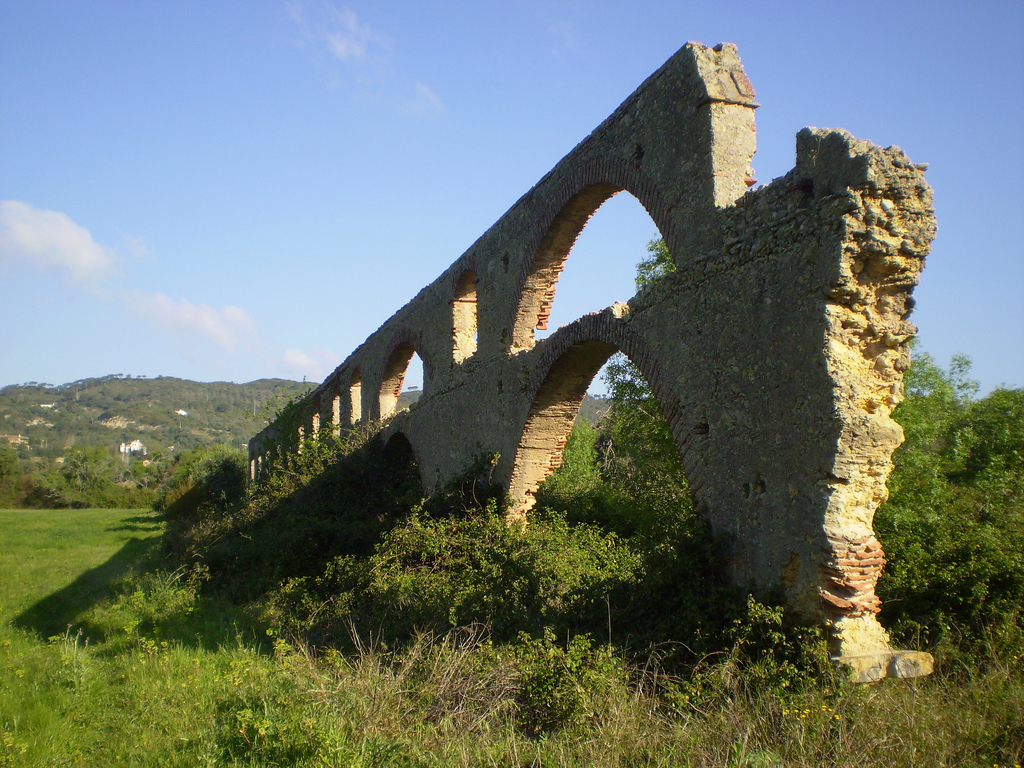Arrabida Natural Park
This park has been classified and protected for their natural values, geological, fauna, flora, cultural, historic and scenic. In 1998, this was reclassified, including the marine area Arrábida-Espichel, promoting the whole of nature conservation in this region. A mountain range full of natural spaces with a unique beauty, where their cliffs facing the sea are a resting place for the existing flora and fauna here.
This territory has always been occupied by civilizations that took the best of the features that this park offered from its fertile soil of calcareous origin, a perfect climate, with abundant food and water greatly appreciated flora, so the human being has developed several activities.
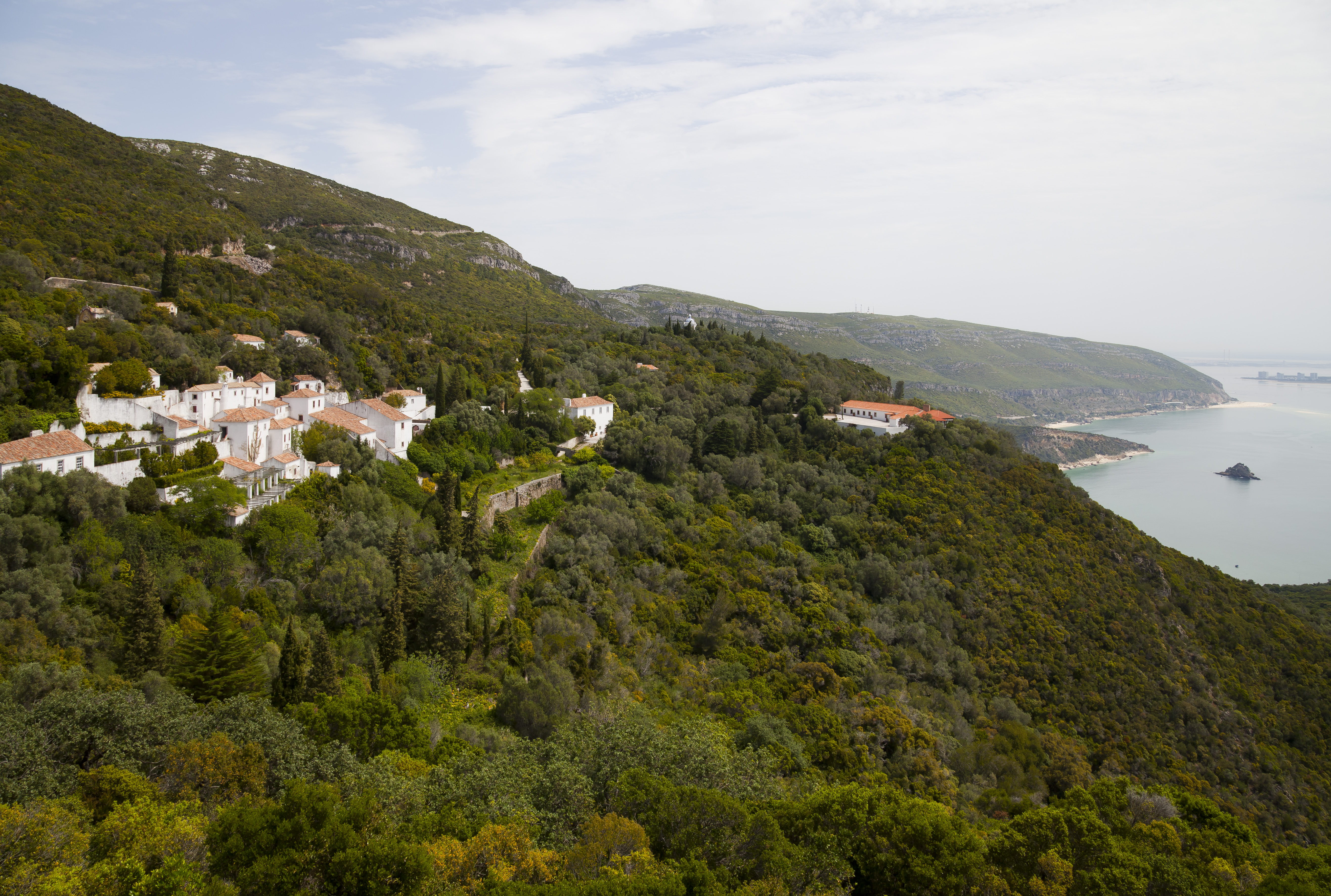
One of them, being the manufacture of Azeitão cheese produced in the municipalities of Setúbal, Sesimbra and Palmela, this protected designation of origin, presents a unique and highly appreciated flavor.

Another activity is related to the culture of the vineyard, where the Moscatel de Setúbal has gained relevance for the region, associated with the production of white wines and muscat.
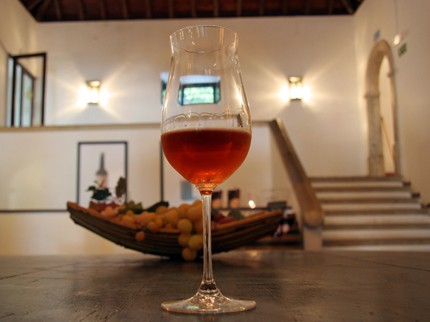
Plants that grow in the region offer their best to the bees produce a unique honey, with a temperate character, velvety taste and purely characteristic of the park.
Here again this is a fishing community that still practice traditional fishing in small boats, called Ayolas, which catch as much fish as octopus, cuttlefish and squid.
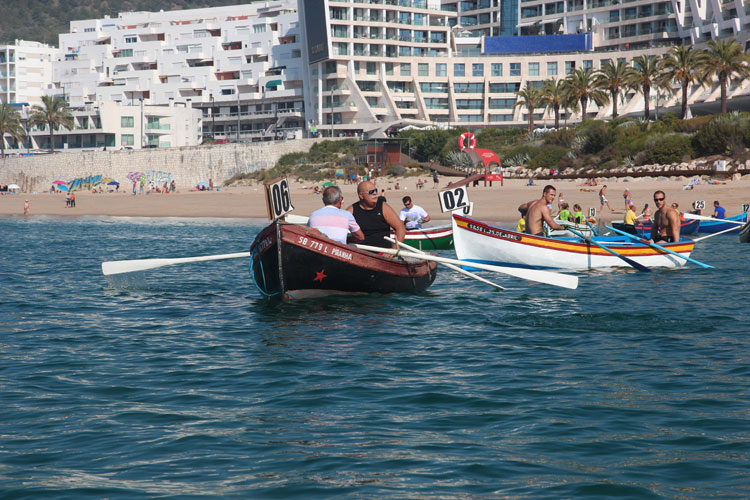
As evidence of civilizations, this park are many examples of buildings that both relate the history of Portugal, to preserve the nation and struggles that took place. With regard to military architecture there are highlighted.
The castles of Palmela and Sesimbra are in the eastern and western outskirts, the most ancient fortifications of the Arrábida area.
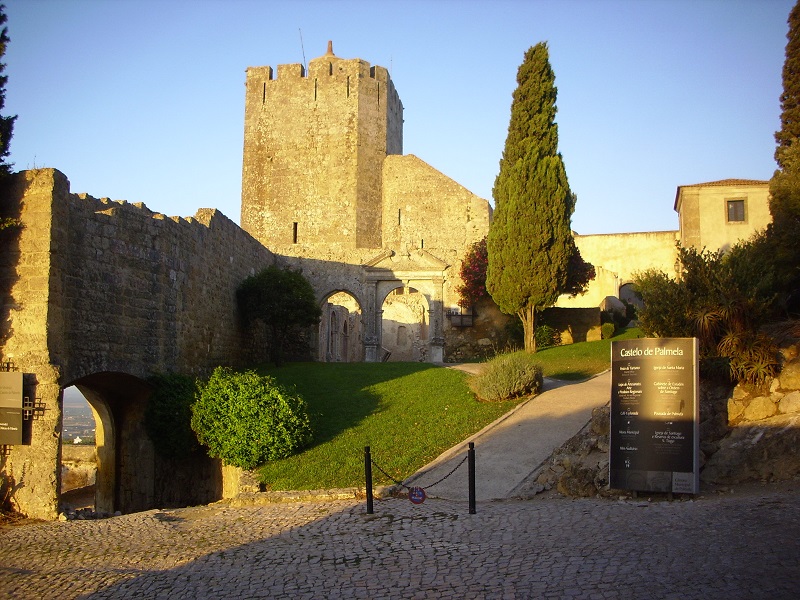
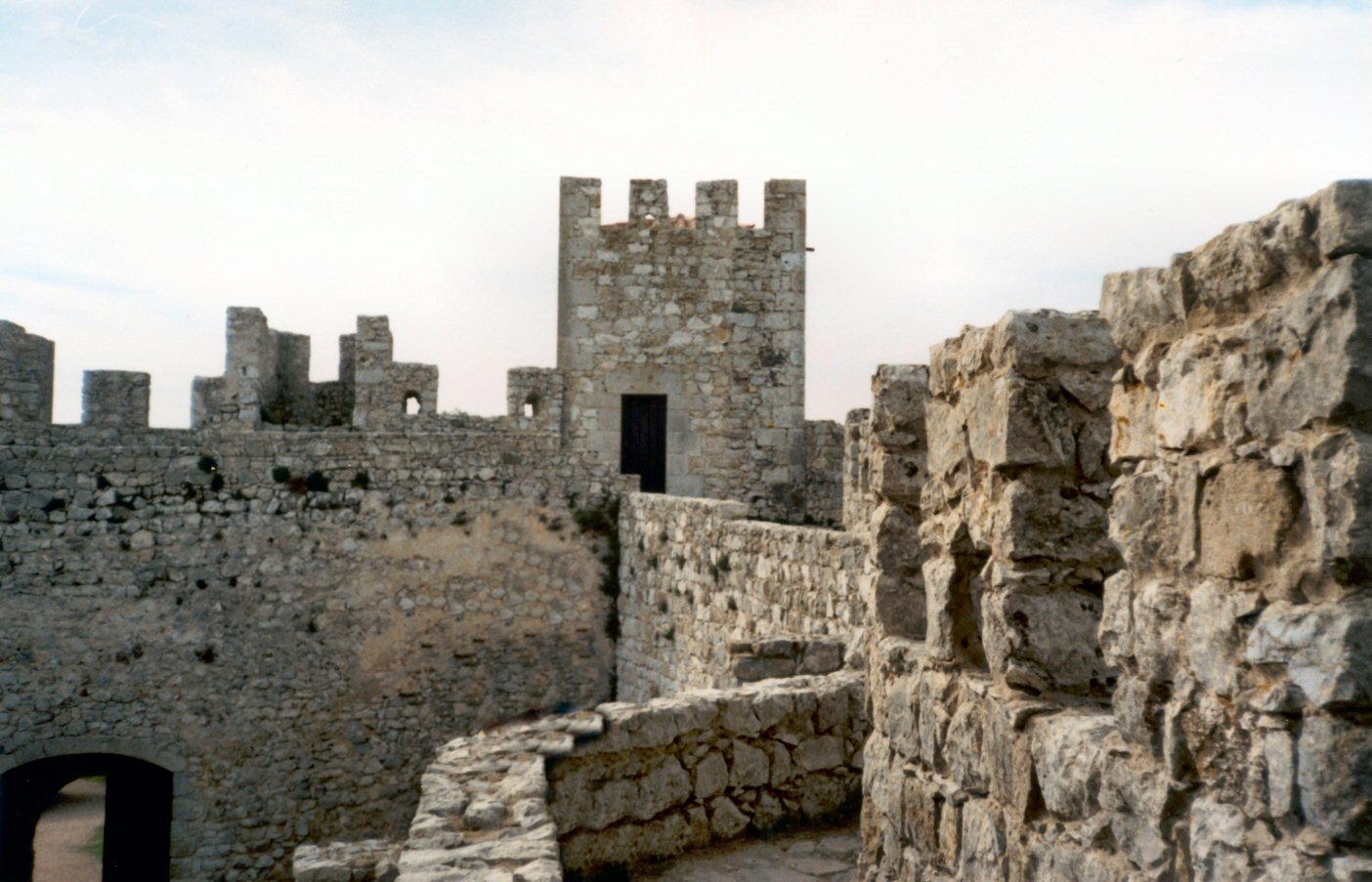
Also highlight the sixteenth century fortresses dating back to the late fourteenth century, being built walled waist Setúbal protecting communities from pirate attacks. Since the seventeenth century fortresses dating back to the seventeenth century, in the fort of Albarquel Setubal, strong Sant’Iago and Horse Point, in Sesimbra, the stronger cooker at risk and the strength of Sta. Maria da Arrábida, in Portinho, the latter being transformed into the Oceanographic Museum, are the most relevant structures.
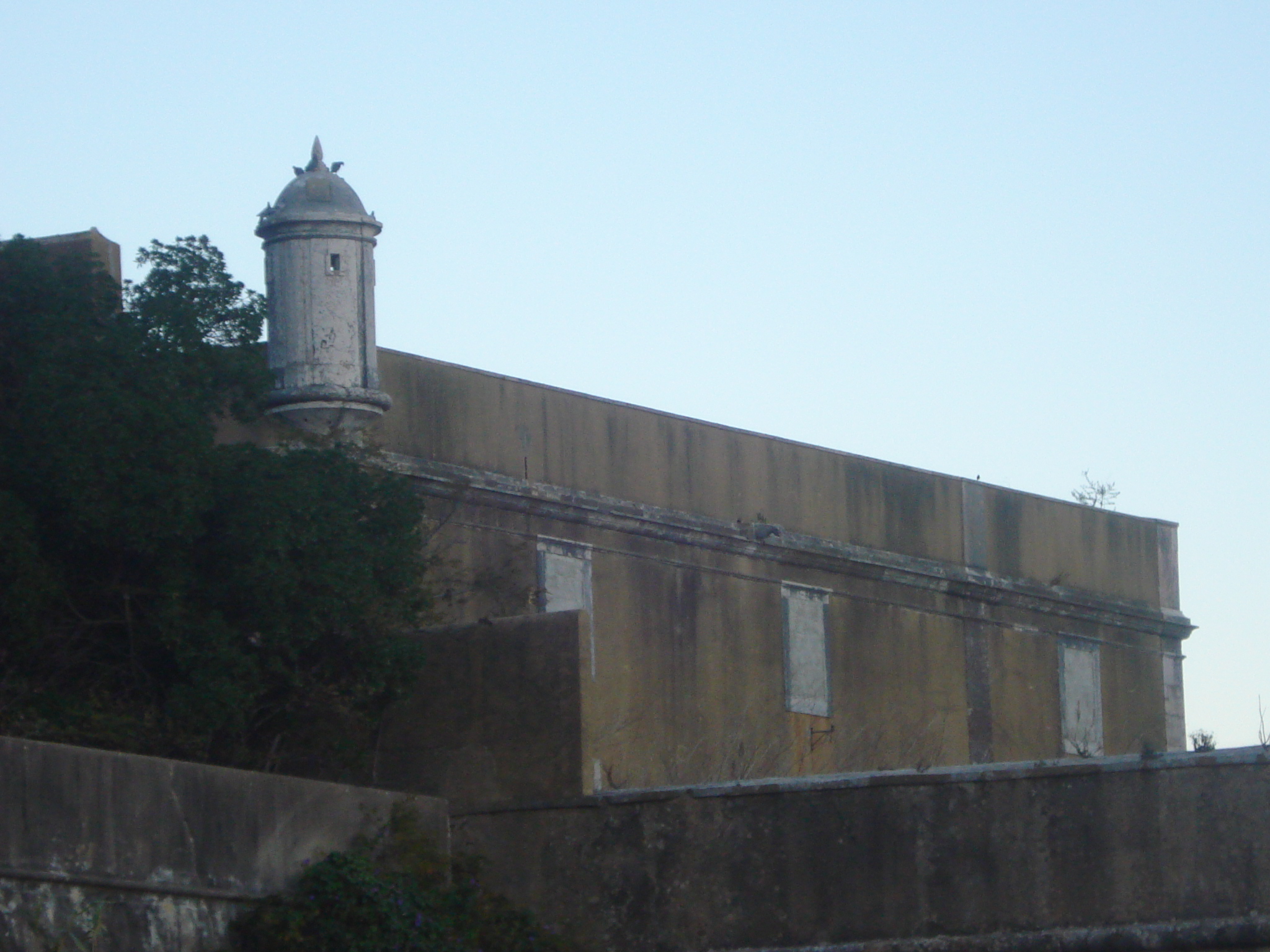
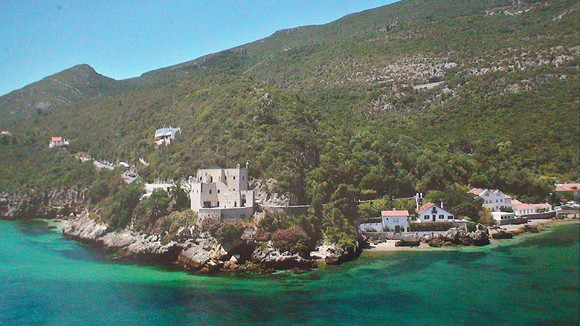
With regard to rural architecture, characterized by settlements of the region, as the fifth Angel and Azeitão, which harbored noble families on holiday. Also noteworthy buildings such as the Palace of Bacalhôa in Vila Fresca de Azeitão; the Palace of Quinta das Torres and the Palace of the Dukes of Aveiro, in Vila Nogueira de Azeitão; and the palace Calhariz in Sesimbra.
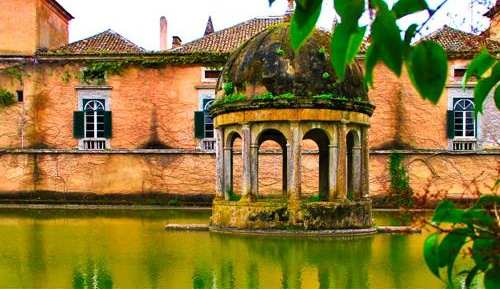
Other unique character elements are windmills patrimonial and traditional value, which abound in the Arrábida region of landscapes, especially on the ridges of mountains and hills, very close to Setubal, Palmela, Azeitão and Sesimbra.
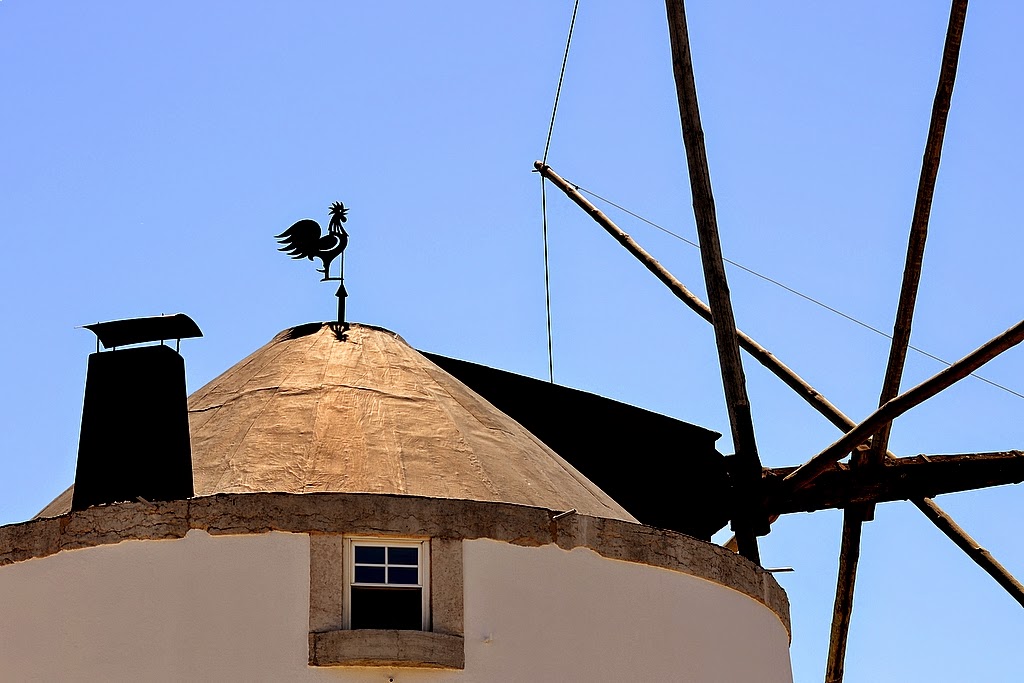
And being a region rich in works involving the water, it took large deposits and aqueducts, as the conduit of the Ark Water and begins at Thursday’s Ark Water, traveling a long way to Setúbal, Campo dos Arcos.
